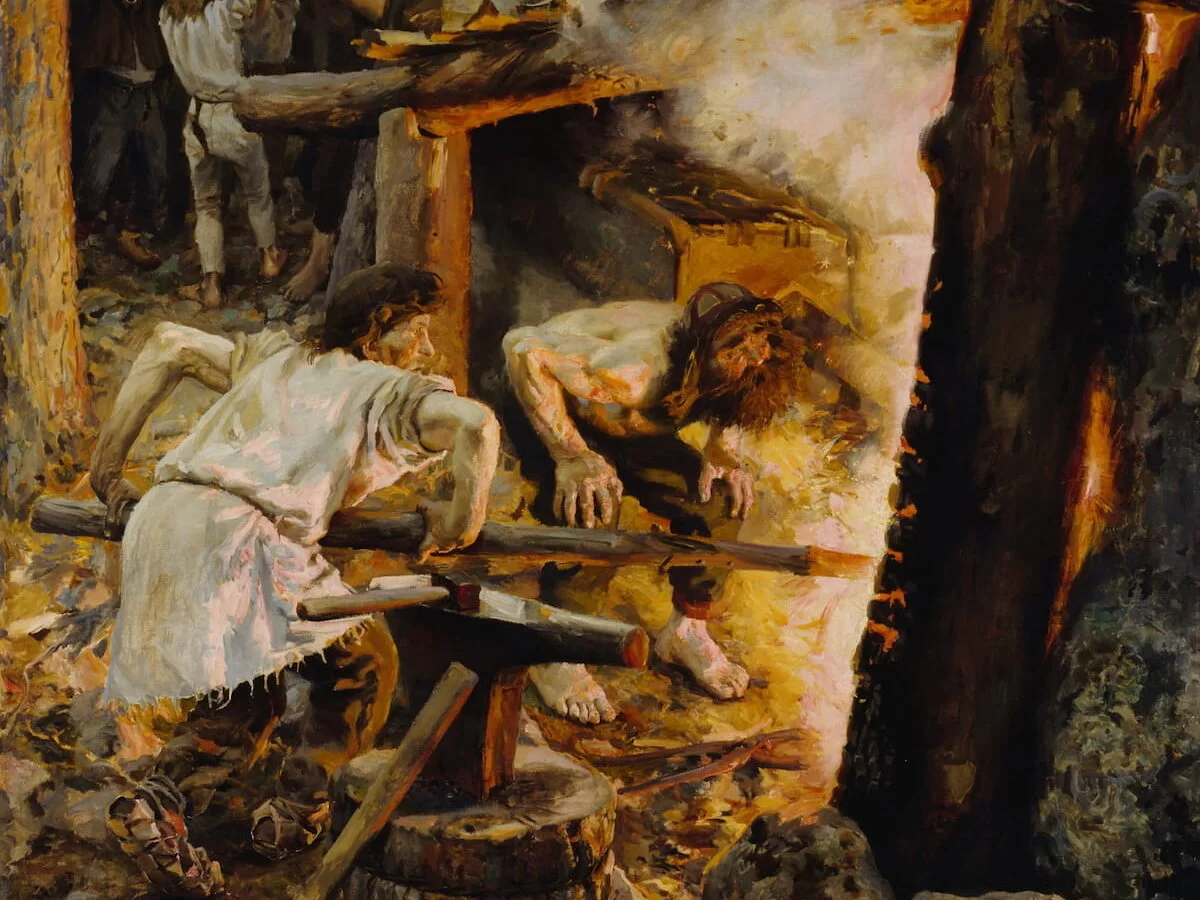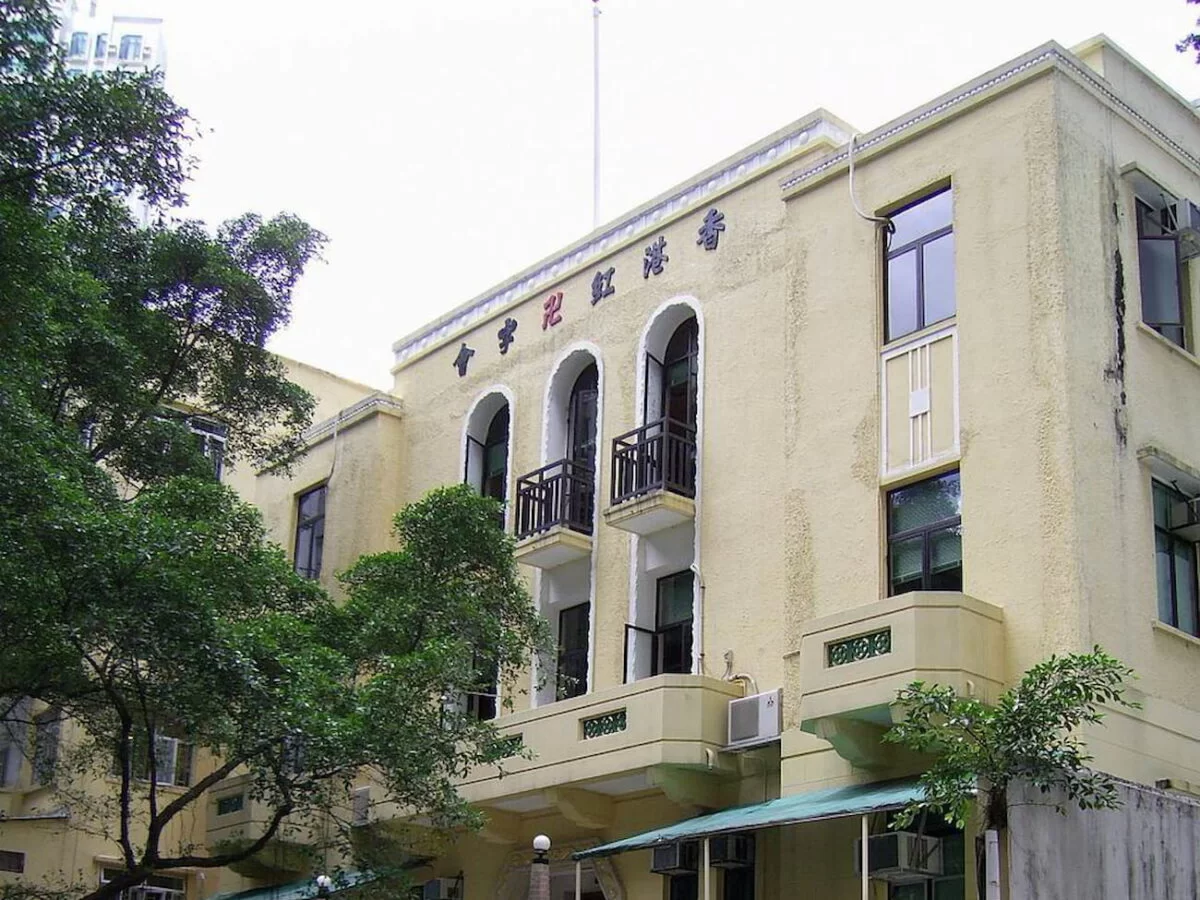Since August 2023, the Inrap has been conducting a preventive excavation on an area of 3,000 square meters on the outskirts of the historic center of Narbonne, where it has uncovered an ancient neighborhood dedicated to the storage and trade of goods, dating from the 1st century BCE to the 4th century CE. In addition to warehouses, the excavation has revealed a section of the walls of the Narbo Martius Colony, dating from the Early Empire.
In the absence of walls, some historians believe that Narbonne was an open city in the Early Empire. Therefore, the archaeologists from Inrap had no idea that there could be walls there.
However, they have discovered a large stretch of wall, 30 meters in length, and a tower, largely weathered. The tower features an original construction method, perhaps designed to provide greater stability to the building: a round tower with square foundations.

The overall dimensions (tower diameter, wall thickness) adhere to Early Empire standards and are similar to the enclosures of other cities such as Orange, Lyon, and Autun. Its precise dating is yet to be determined, but it is believed to have been built in the late decades of the 1st century BCE.
The excavation was carried out in a peripheral neighborhood of the ancient city, urbanized around 50 CE, more than a century and a half after the foundation of the Narbo Martius Colony in 118 BCE.
It consisted of several urban blocks, bordered by three streets and an alley, with drains for rainwater and wastewater, some of which intersected. The neighborhood was redeveloped several times during its occupation (from the mid-1st century to the 3rd century, and then – after a period of abandonment – in the 4th and 5th centuries).

This sector of the city was devoted to the storage and trade of goods. Partially uncovered in this location were three or four warehouses, likely run by different merchants.
One of the buildings stands out from the others: it was used to store goods on the ground floor, on a floor sanitized by a system of drains made with recycled amphorae. The upper floor was probably used as an office or residence, as evidenced by fragments of concrete and mosaic flooring and adobe walls coated with painted plaster found collapsed after a fire.
A little further on, a second warehouse appears to have been destroyed by the same phenomenon. The reconstructed buildings seem to have been used for other activities, such as a room with particularly well-preserved walls, nearly 80 cm high, decorated with painted plasterwork.

The design imitates marble slabs, while the ceiling was decorated with intertwined vegetal motifs on a white background. Restorers will examine the ensemble, which will become part of the collections of the Narbo Via museum, thanks to a deposit agreement between the State and the EPCC of Narbo Via.
These discoveries are linked to the urban port of Narbo Martius, located along the old branch of the Aude river. Along with the maritime port, whose remains have been observed in several places (Île Saint-Martin in Gruissan, Mandirac, La Nautique), it forms a complex port system, whose importance is attested to in ancient texts and inscriptions.
This excavation is helping to identify the ancient course of the river, part of which was altered when the Robine was canalized in the 18th century.
Sources
Institut national de recherches archéologiques préventives (INRAP)
Discover more from LBV Magazine English Edition
Subscribe to get the latest posts sent to your email.




















